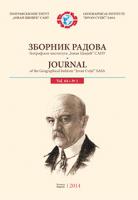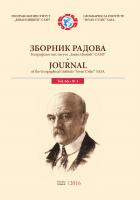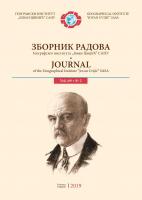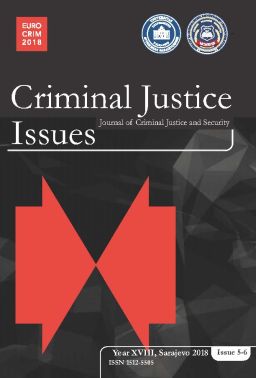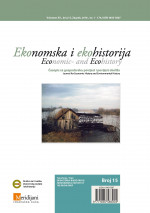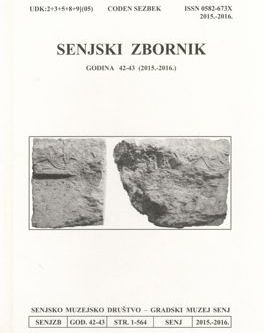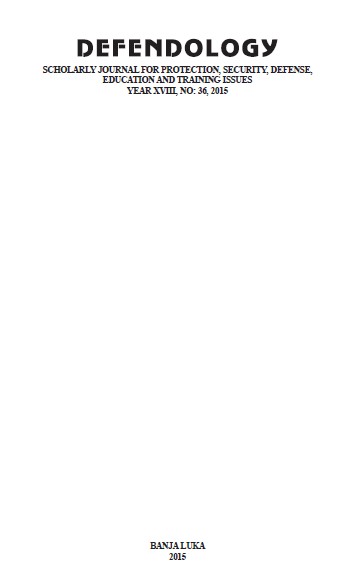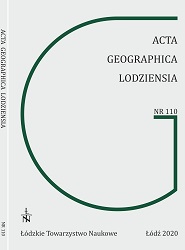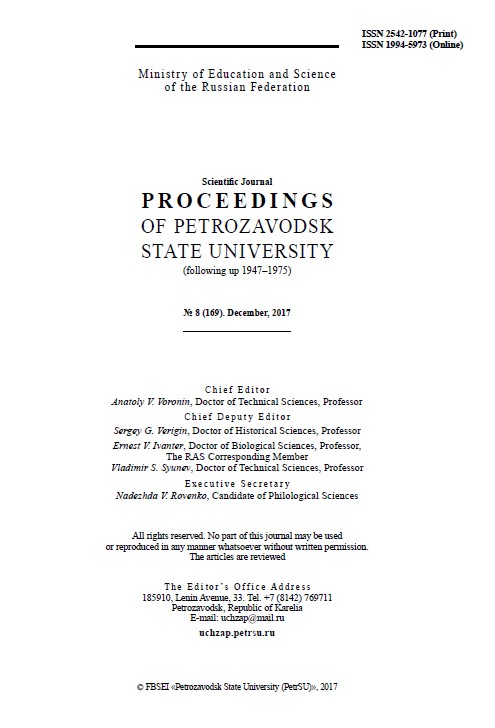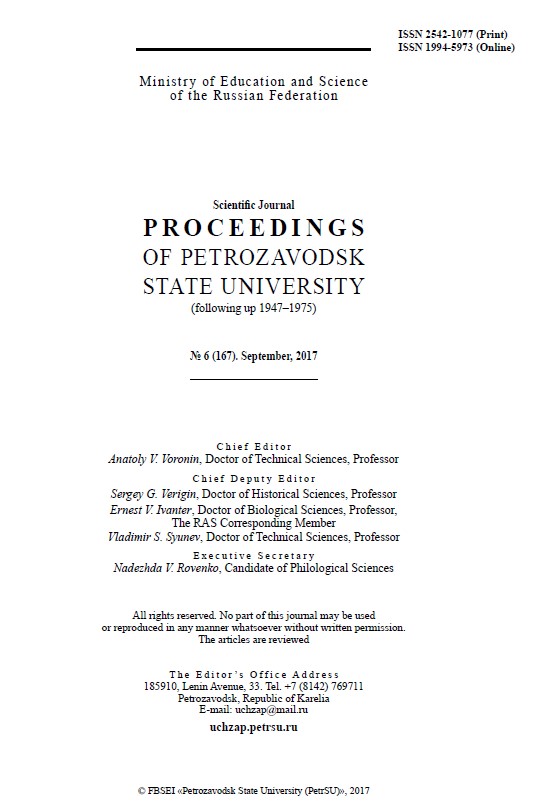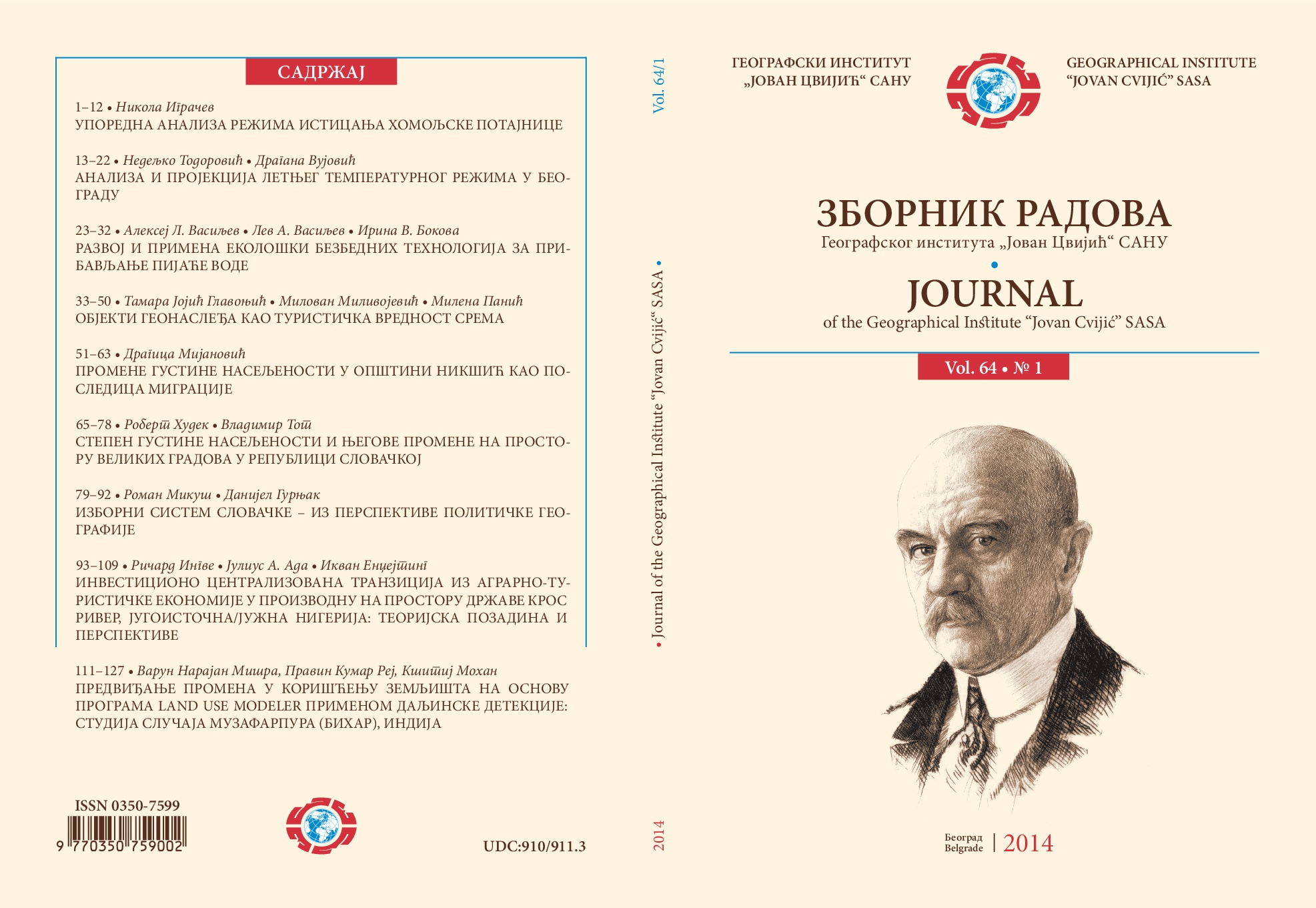
Comparative Analysis Of The Flow Activity Of The Homoljska Potajnica Intermittent Spring
Homoljska Potajnica belongs to the type of a very rare, intermittent or rhythmic springs which appear exclusively in karst areas. It is one of the three known springs of this type in Serbia, while it is believed to be only about fifty of these in the rest of the world. As a rare karst and natural phenomenon, Homoljska Potajnica was a subject of interest for numerous researchers and geomorphologists in Serbia. Due to a very complex problem of occurence and the principle of functioning, to get the reliable data of how intemittent springs work, it is neccesarry to provide a continious observations, ussually in a long term period. This paper presents the results of the measurements of spring's flow activity and water discharge, taken in 2012. and 2013. These were carried out for comparison with the results of previous research, with an aim to determine possible changes in dynamics and mechanisms of spring's functioning in the past. One of the goals is to relate the annual precipitation regime with the intensity and frequency of spring activity, to try to determine the specific model of the spring's functioning. Another goal is to emphasize the need for continious observation in order to obtain the relevant data about the evolution of this rare natural phenomenon.
More...
